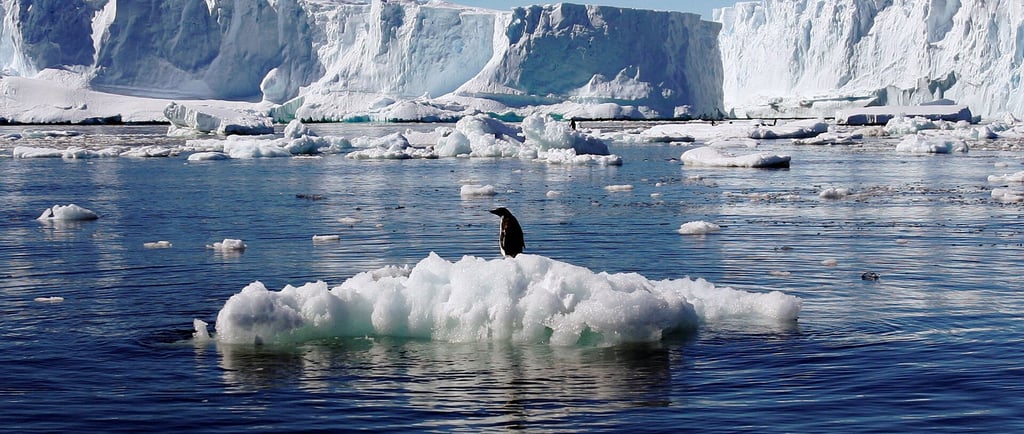The Melting Glacier Crisis: A Threat to Water and Food Supply for 2 Billion People
Glaciers, the Earth's natural "water towers," are melting at an alarming rate, threatening water and food security for billions. This article explores the devastating impact of glacier loss on agriculture, climate, and global ecosystems, highlighting the urgent need for action.
Anny
3/31/20252 min read


Global climate change is accelerating glacier melt, posing a severe threat to water and food security worldwide. According to the United Nations’ newly released 2025 World Water Development Report: Mountains and Glaciers—The Water Towers of the Earth, mountains contribute 55% to 60% of the planet’s annual freshwater flow. More than two billion people rely on these water sources for survival.
Glaciers—The “Water Towers” of the Earth Are Collapsing
In a press release, UNESCO emphasized the critical role of mountain glaciers:
"As the world’s water towers, mountains provide life-sustaining fresh water to billions of people and countless ecosystems. Their role in sustainable development cannot be ignored."
However, global warming is rapidly accelerating glacier melt, disrupting the stability of water resources. Reports indicate that in 2022 alone, 2.2 billion people lacked access to safe drinking water, while 3.5 billion lacked proper sanitation. Climate change is worsening the situation by:
Increasing glacier melt and reducing snow cover
Thawing permafrost, destabilizing ecosystems
Causing extreme rainfall events, making water supply unpredictable
Agricultural Crisis: How Glacier Melt Endangers Food Security
The melting of glaciers is not just a water crisis—it’s a food crisis. Two-thirds of the world’s irrigated agriculture depends on mountain water sources. As glaciers shrink and snowfall declines, global food production faces severe risks.
Alvaro Lario, President of the International Fund for Agricultural Development (IFAD), highlighted this issue:
"Water flows downhill, but food insecurity rises uphill. Mountains provide 60% of our freshwater, yet the communities protecting these resources are among the most food-insecure."
He urged international investment in these communities to enhance resilience and safeguard the future of glaciers, rivers, and agriculture.
A Global Climate Threat
Glacier loss also disrupts the planet’s climate system. According to UNESCO’s Director of Water Sciences, Abou Amani, disappearing glaciers replace reflective ice surfaces with dark soil, which absorbs heat, accelerating global warming.
"The melting of glaciers is not just about water—it impacts the entire climate system," Amani warned.
Record-Breaking Glacier Loss in Recent Years
A separate report by the World Meteorological Organization (State of the Global Climate 2024) found that the past three years saw the largest-ever loss of glacier mass. The most affected regions include the tropical Andes, Sweden, Norway, and Svalbard. The report underscores glaciers' crucial role in the global water cycle, storing water during cold seasons and releasing it during warmer months, which affects precipitation and weather patterns worldwide.
What Can Be Done?
To address this crisis, the UN recommends urgent action, including:
Improving water resource management through integrated river basin strategies
Increasing financial support for affected regions to build resilience
Raising public awareness about the impact of climate change on water security
Reducing carbon emissions to slow down global warming
No matter where we live, glaciers impact us all. They are not just frozen reservoirs but the lifeblood of ecosystems, agriculture, and communities worldwide. If immediate action is not taken, the instability of water resources and food production could threaten billions. As UNESCO Director-General Audrey Azoulay stated:
"This report makes it clear—the urgency for action can no longer be ignored."
Sustainability
Crafting fine leather bags with a commitment to sustainability.
Contact
Join
© 2023. All rights reserved.
